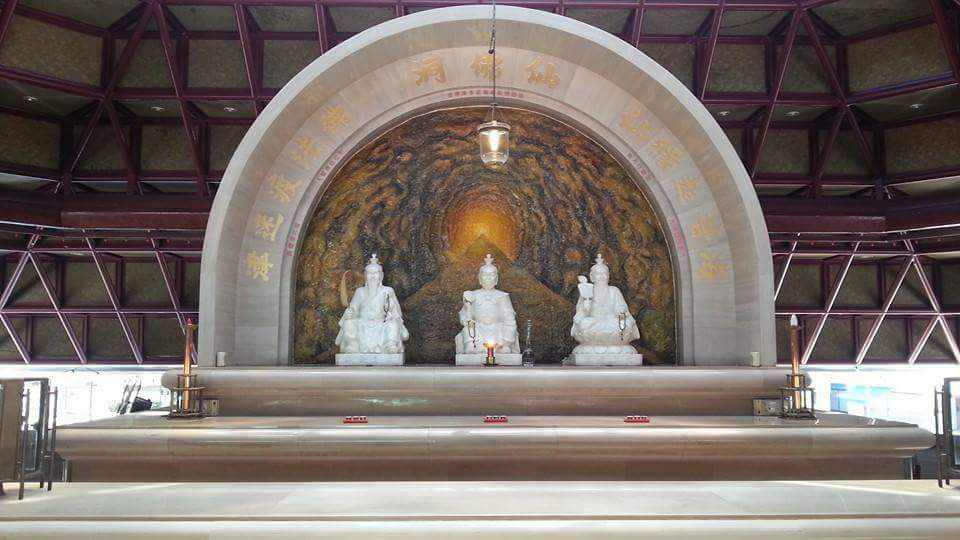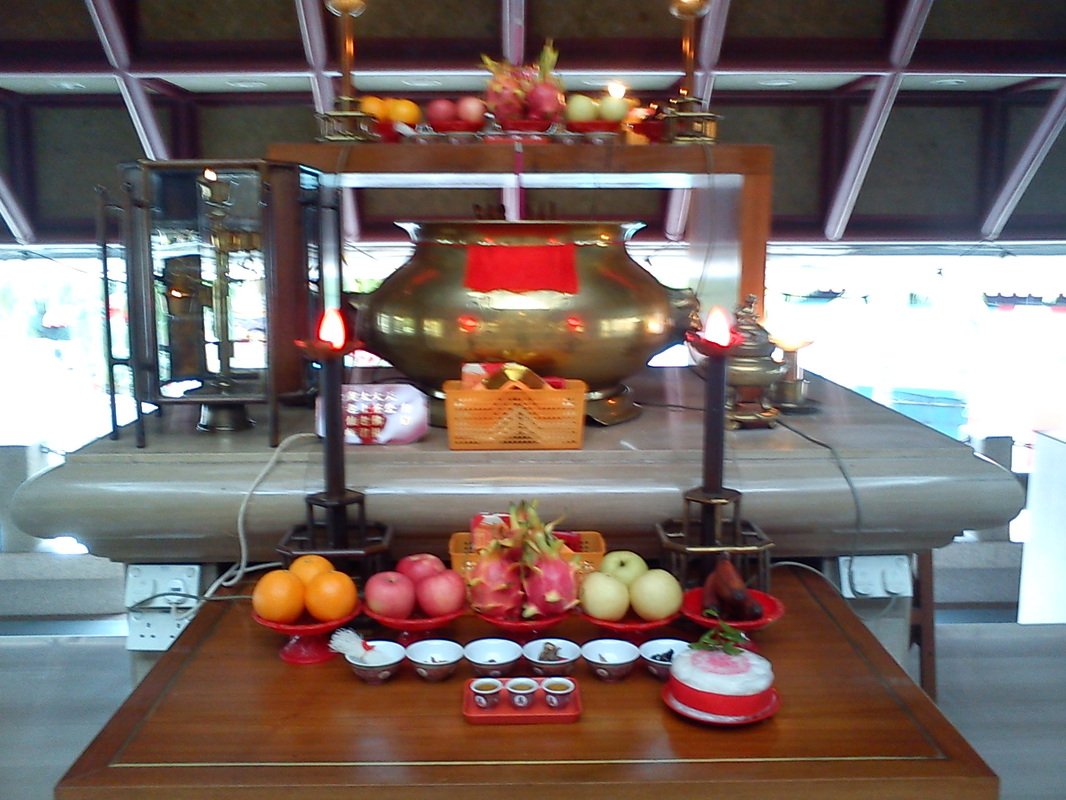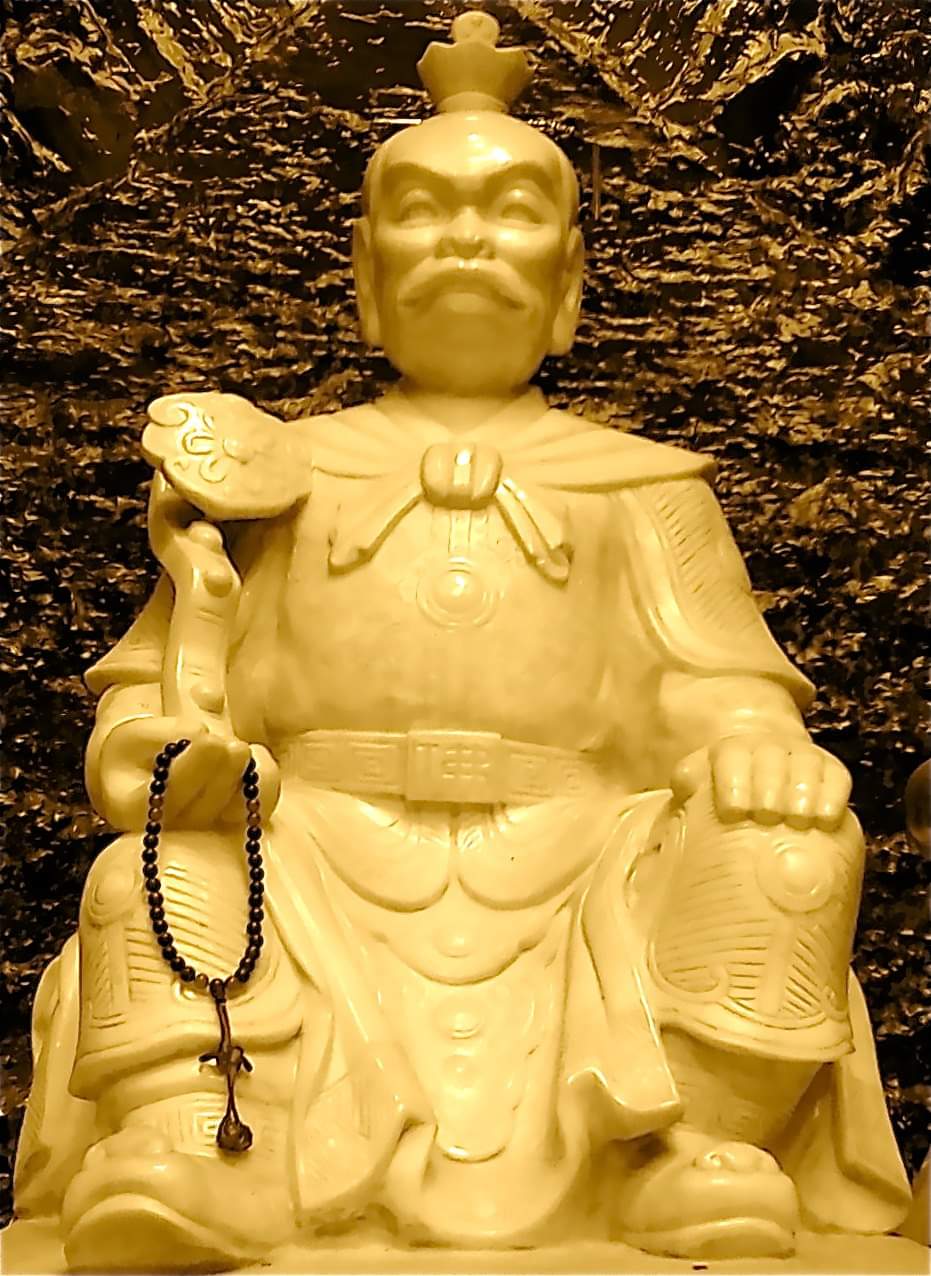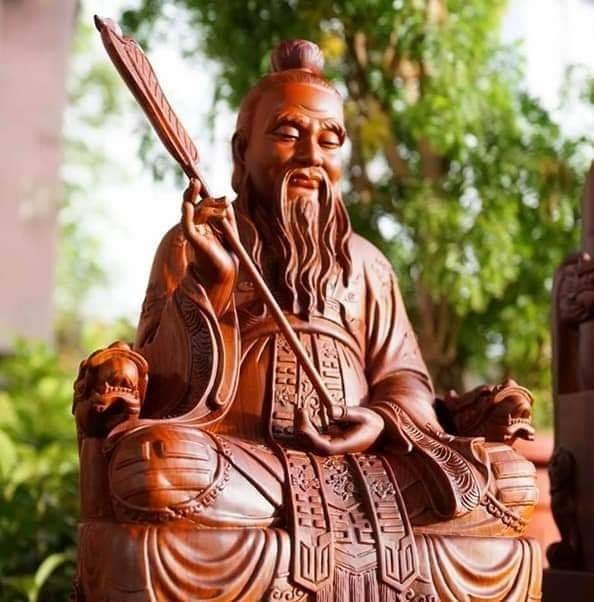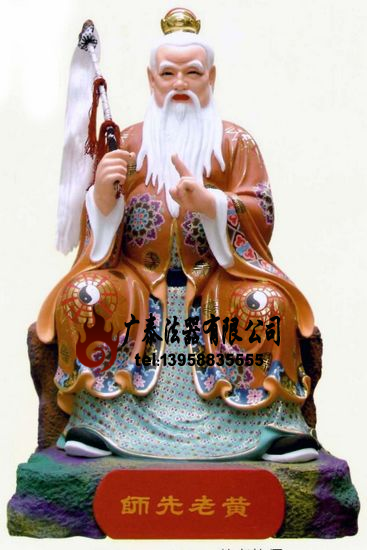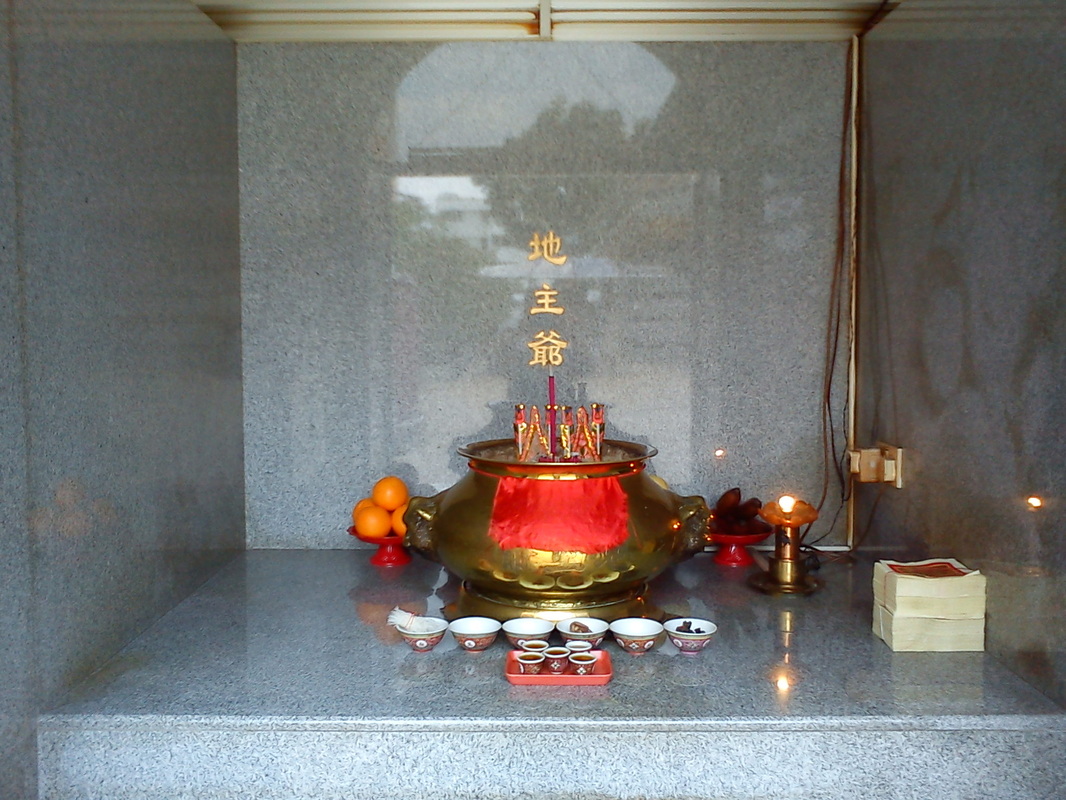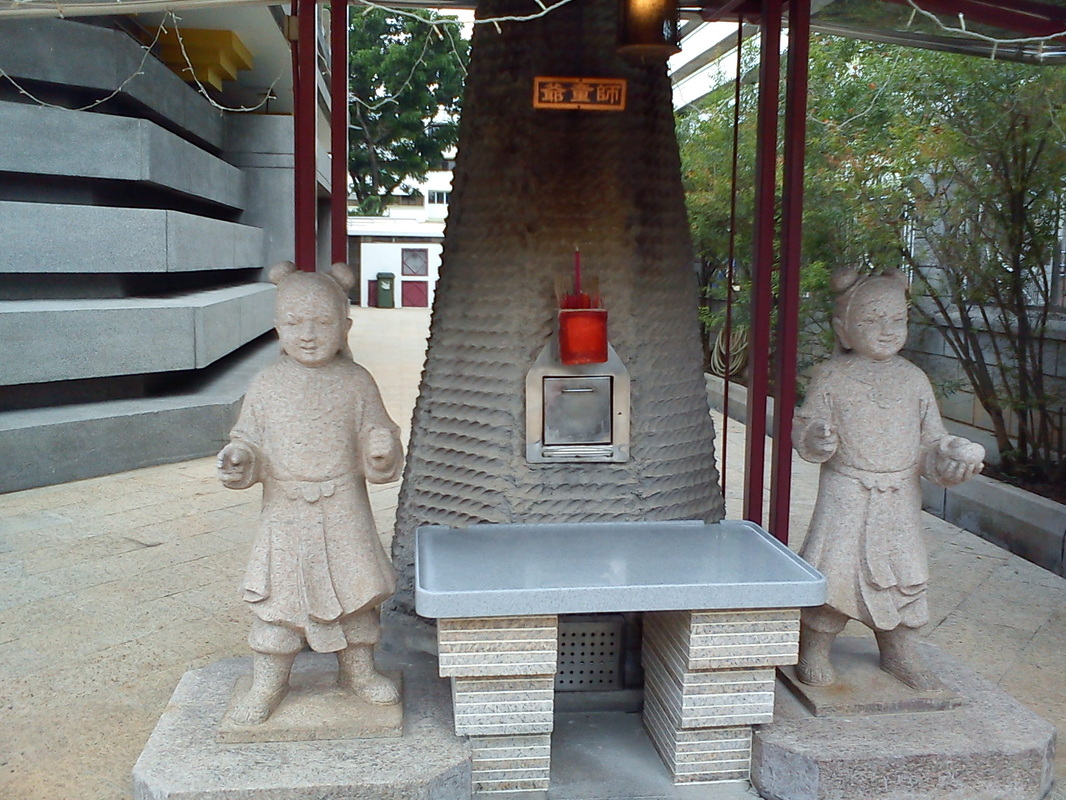"The three-in-one teachings" 道三教合一The 3 deities embody the Great Philosophies of Buddhism, Taoism and Confucianism. |
Da Sheng Fo Zu 大圣佛祖Many would have no problem recollecting this deity with Sun Wukong in the classical Chinese epic novel, Journey to the West. This deity is not the same as the Hindu Monkey God, Hanuman. Sun Wukong helped his master, the great Buddhist monk, Hsuen Zhang, to bring back Buddhist sutras from India to China which the great master translated from the original Sanskrit to Chinese. Whereas Hanuman helped the great Indian king, Rama, to fight evil forces. Sun Wukong's exploits are recorded in “The Western Travel”, whereas Hanuman's exploits are recorded in the “Ramayana”. Da Sheng Fo Zu 大圣佛祖 personifies Buddhism in the line-up of the 3 deities. |
Tai Shang Lao Jun 太上老君
Also popularly known as Laozi and Lao Tzu. He is the most famous figure in Taoism, especially for the legendary scripture - Tao Te Ching.
As is evident with many celestial masters, the historical background of Laozi is not entirely clear. But the legend of Laozi took on strong religious overtones since the Han dynasty. As Taoism took root, Laozi was recognized as a deity. Belief in the revelation of the Tao from the divine Laozi resulted in the formation of the Way of the Celestial Master, the first organised religious Taoist sect. Laozi came to be seen as the personification of Tao. |
Huang Lao Xian Shi 黄老仙师He lived around 125 AD, and was a famous exorcist, swordsman, healer and martial artist. According to snippet from 四川文学编辑部 Page 59, 2004 : 新加坡慈忠坛的儒教弟子们,经过多年艰苦努力寻根访祖,最终在灵岩山 LingYan Mountain ( Suzhou ) 发现了黄老仙师早年的修炼宝座,便认定此地乃儒教发祥地。 ... 但黄老仙师的史略末详,只知道他教化人们多多行善,并以 "忠、信、伦、节、廉" 为行为规范,修身培德,祈求平安。 According to the Traditional Hakka Society Series 國際客家學會, 2002 on Village Culture in Northern Wuping County; this is one of the deities venerated on every 15th Day of the 10th Lunar Month. Of the 3 deities, Huang Lao Xian Shi is said to be the personification of Confucianism. His teachings and practices are centred on values such as Compassion, Loyalty, Trustworthiness, Justice, and Filial Piety. |
